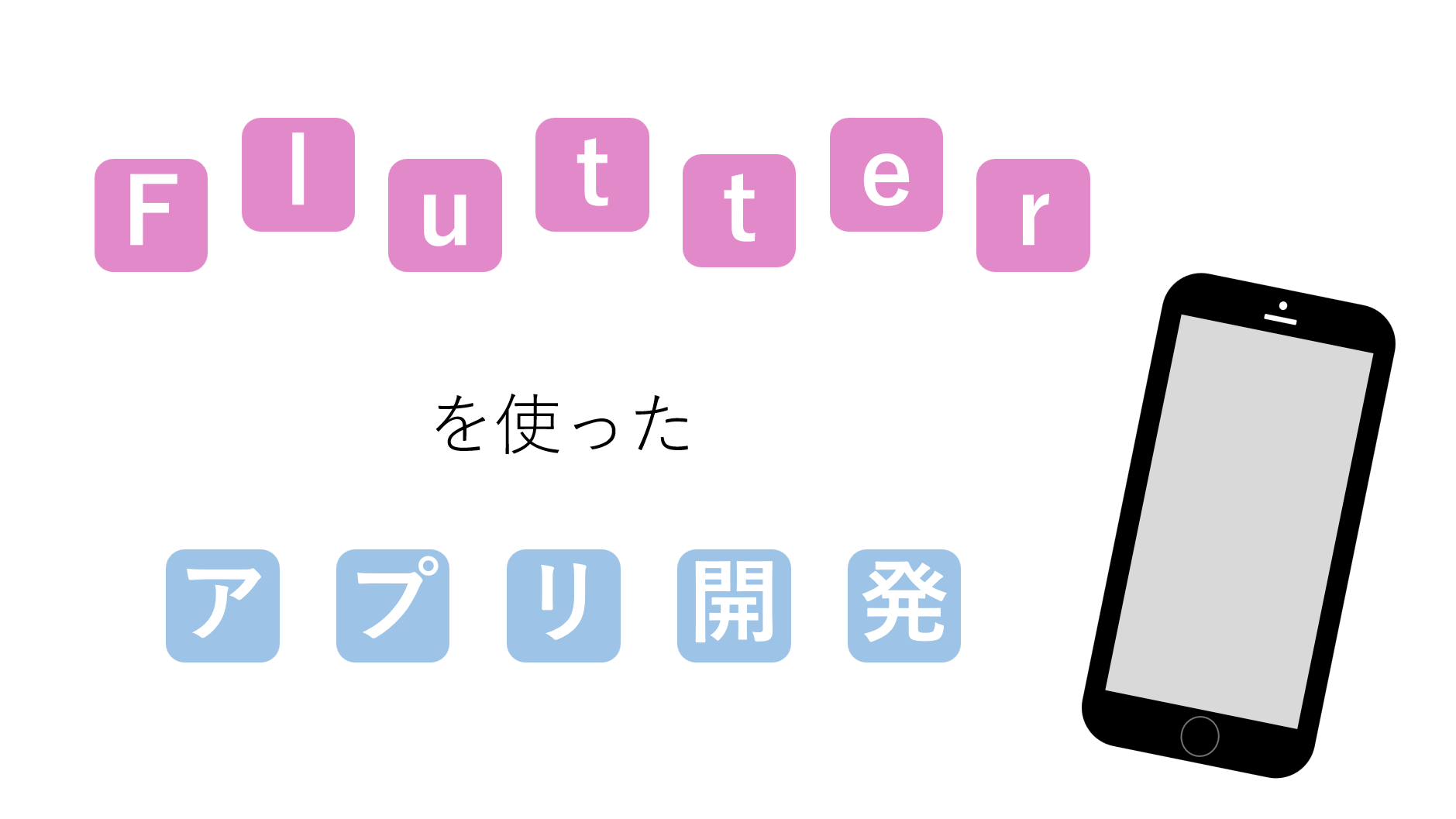型の推定
多くの場合、プログラムが走るときに変数の型が推測されます。つまり、変数は実行時にセットされた値に基づいて決められるのです。
この方法では、次のように、型が自動で決められます。(ex1.dart)
|
1 2 3 4 5 6 |
void main() { dynamic x = 1; if(x is int){ print('integer'); } } |
|
1 |
integer |
しかし、途中で型の違う計算などをしようとすると、はじめに型が決まってしまっているため、エラーが出ます。
|
1 2 3 4 5 6 7 |
void main() { dynamic x = 'test'; if(x is String){ print('String'); } x += 1; } |
|
1 2 |
String Uncaught Error: TypeError: 1: type 'JSInt' is not a subtype of type 'String' |
型のマッチング
型のマッチングを知るためには、「is」というキーワードを使います。
|
1 2 3 4 5 6 7 8 9 10 11 12 13 |
void main() { printType(23); printType('mark'); } printType(dynamic d){ if(d is int){ print('Its an Integer'); } if(d is String){ print('Its a String'); } } |
|
1 2 |
Its an Integer Its a String |
このように、型の一致を調べることができます。
型の情報
マッチングではなく、実行時の型を知る方法もあります。「runtimeType」オブジェクトを使うと、型を返してくれます。
|
1 2 3 4 5 6 7 |
void main() { var v1 = 10; print(v1.runtimeType); var v2 = 'hello'; print(v2.runtimeType); } |
|
1 2 |
int String |
文字列(String)
文字列補間
Dartの最も便利な機能の1つが文字列補間です。文字列の中で${xxx}のように書くことで、変数を連結することができます。
|
1 2 3 4 5 6 7 8 9 10 11 |
class Person{ String firstName; String lastName; int age; Person(this.firstName, this.lastName,this.age); } main(){ Person p = new Person('mark','smith',22); print('The persons name is ${p.firstName} ${p.lastName} and he is ${p.age}'); } |
|
1 |
The persons name is mark smith and he is 22 |
文字列リテラル
Dartでは、エスケープ文字を使うことができます。例えば「\n」は改行を意味します。これをただの文字列として認識させたいときは、文字列の前に「r」をつければよいのです。
|
1 2 3 4 5 |
main(){ print('this\nstring\nhas\nescape\ncharacters'); print(''); print(r'this\nstring\nhas\nescape\ncharacters'); } |
|
1 2 3 4 5 6 7 |
this string has escape characters this\nstring\nhas\nescape\ncharacters |
|
1 2 3 4 |
main(){ double price = 100.75; print('Price is: \${price}'); } |
|
1 |
Price is: $100.75 |
絵文字
絵文字も、文字列として使えます。次のサイトに、たくさんの絵文字とコードが乗っているので、参考にしてみてください。:https://www.compart.com/en/unicode/block/U+1F300
|
1 2 3 4 |
main(){ var sunrise = '\u{1f305}'; print(sunrise); } |
|
1 |
🌅 |

